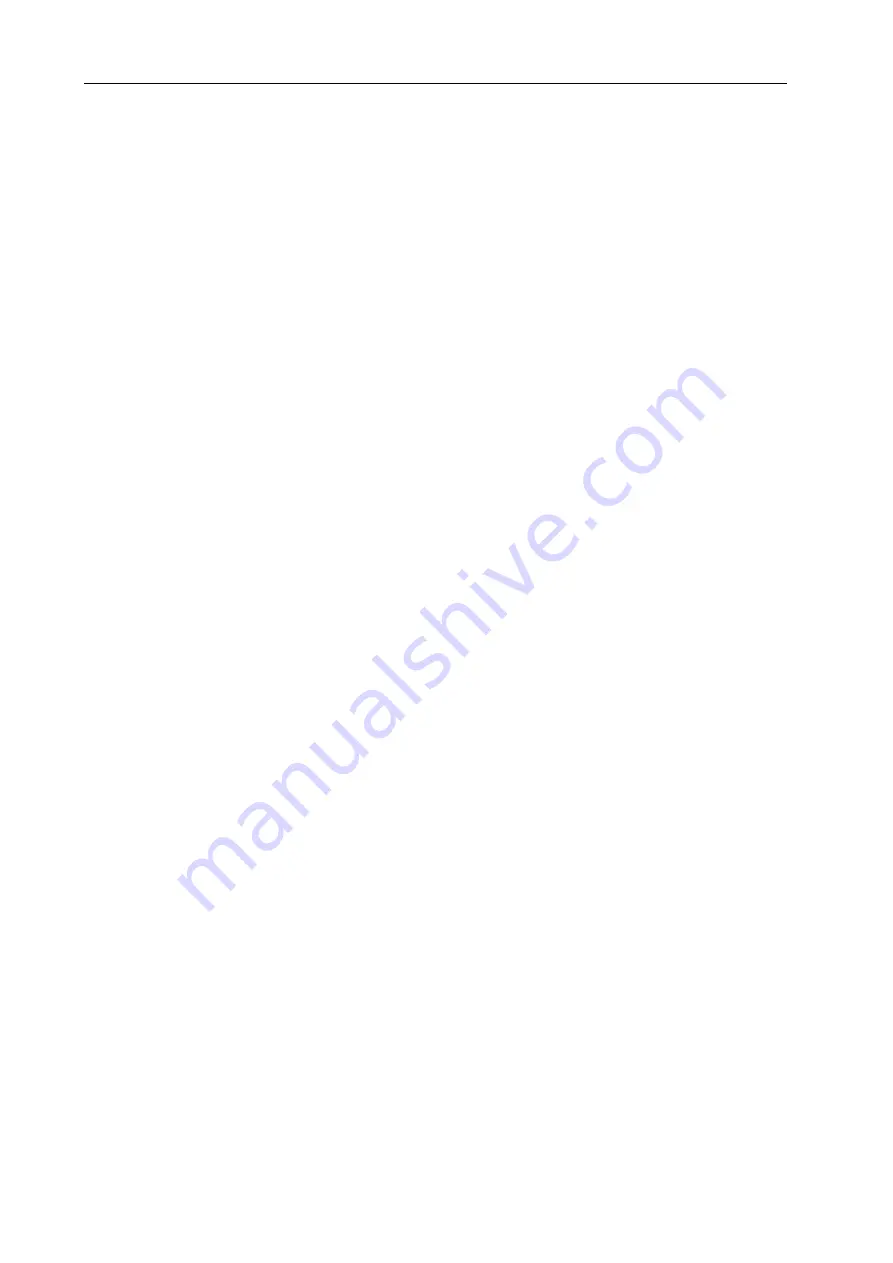
5. Basic functions: Introduction to the Nord Modular G2
NORD MODULAR G2 V1.1
Page 26
5. B
5. B
5. B
5. B
A
A
A
AS
S
S
SIIIIC
C
C
C
F
F
F
FU
U
U
UN
N
N
NC
C
C
CT
T
T
TIIIIO
O
O
ON
N
N
NS
S
S
S
IIII
N
N
N
NT
T
T
TR
R
R
RO
O
O
OD
D
D
DU
U
U
UC
C
C
CT
T
T
TIIIIO
O
O
ON
N
N
N
T
T
T
TO
O
O
O
T
T
T
TH
H
H
HE
E
E
E
N
N
N
N
O
O
O
OR
R
R
RD
D
D
D
M
M
M
M
O
O
O
OD
D
D
DU
U
U
UL
L
L
LA
A
A
AR
R
R
R
G2
G2
G2
G2
A modular synthesizer could be described as a flexible electronics kit. It contains a lot of parts, the mod-
ules, which have various functions. You can build your own, customized synthesizer by connecting dif-
ferent modules and functions with Patch cables. A modular synthesizer has the advantage of being a very
flexible instrument, leaving you in charge of the routing of the signals and functions in the synth. Nord
Modular G2 takes this concept several steps further, being programmable, polyphonic, and multitimbral.
Nord Modular G2 also features a very powerful editing system in the supplied Editor software.
M
M
M
M
O
O
O
OD
D
D
DU
U
U
UL
L
L
LE
E
E
ES
S
S
S
A module in Nord Modular G2 can be, for example, an oscillator, an envelope generator, a filter or a step
sequencer. There are currently over 150 different types of modules available in Nord Modular G2. You
are not limited to use only one module of a specific type in a Patch. Several identical modules can be used
together, creating, for example, really fat multi-oscillator Patches.
C
C
C
C
O
O
O
ON
N
N
NN
N
N
NE
E
E
EC
C
C
CT
T
T
TIIIIO
O
O
ON
N
N
NS
S
S
S
Almost every module and nearly every function of a module can be Patched to other modules and func-
tions, using virtual cables. Each module has one or more connectors (except for some modules in the
MIDI module group which have no connectors). These connectors come in two different shapes: circular
inputs and square outputs, and three different variants: red audio, blue control and yellow logic connec-
tors. Most of the modules share the same basic layout, with the audio input connector(s) to the top right
and the audio output connector(s) to the bottom right.
P
P
P
P
A
A
A
AR
R
R
RA
A
A
AM
M
M
ME
E
E
ET
T
T
TE
E
E
ER
R
R
RS
S
S
S
There are usually one or more parameters in each module. A parameter can be a knob, a slider or a button
or a set of combined buttons - radio buttons. You change the setting of a parameter either with the mouse
in the Editor software or with an
A
SSIGNABLE
K
NOB
/B
UTTON
on the synth front panel. A knob param-
eter in the Editor is “turned” by click-holding it and moving the mouse. Click on the increment and dec-
rement buttons to change the value one step a ta time. You can also use the computer keyboard’s up and
down arrow keys to increase and decrease the focused parameter value. A button is toggled simply by
clicking on it.
S
S
S
S
C
C
C
CR
R
R
RO
O
O
OL
L
L
LL
L
L
L
B
B
B
BU
U
U
UT
T
T
TT
T
T
TO
O
O
ON
N
N
NS
S
S
S
Some buttons look like regular “single” buttons but have more than two states. These buttons are called
scroll buttons since you “scroll” through the different states. The different states are selected by clicking
the button repeatedly. An example of a scroll button is the ‘Semi/Partial/Frequency/Factor’ scroll button
on the Oscillator modules. See
.
D
D
D
D
R
R
R
RO
O
O
OP
P
P
P
----
D
D
D
DO
O
O
OW
W
W
WN
N
N
N
S
S
S
SE
E
E
EL
L
L
LE
E
E
EC
C
C
CT
T
T
TO
O
O
OR
R
R
RS
S
S
S
Some modules feature so called drop-down selectors. Here you select functions (oscillator waveforms for
example) by selecting from a drop-down list. The advantage of using these drop-down selectors in a mod-
ule is that the module use less Patch Load compared to a module with radio buttons. However, changing






























